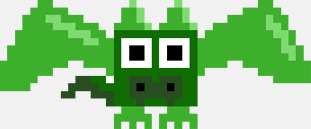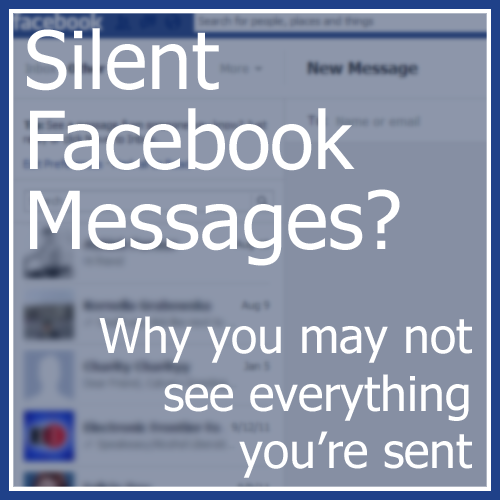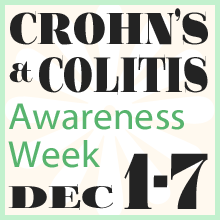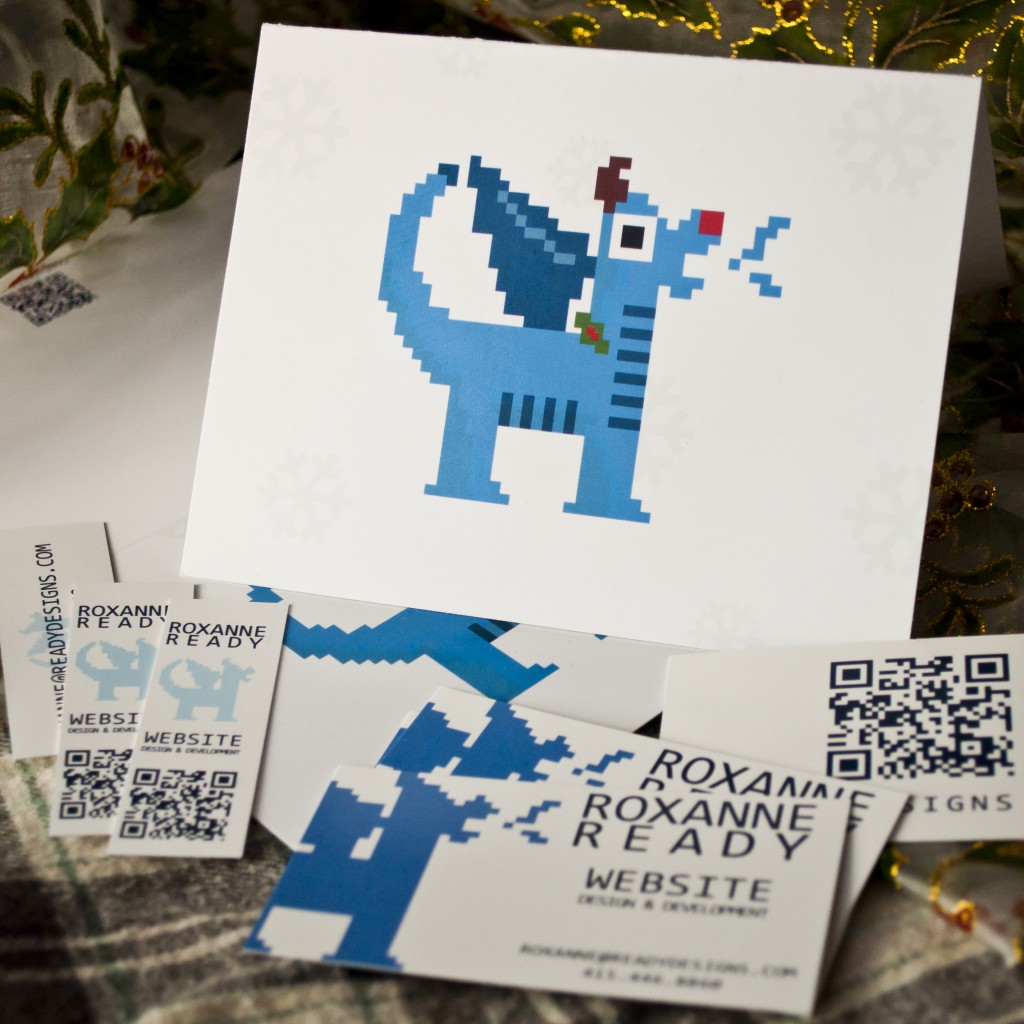Facebook really loves to play Popularity Police. If you don’t like enough of a Page’s posts, they stop showing in […]
MIX10 Session Summary: Total Experience Design
March 16th, 2010
Are you looking for…
- What is Total Experience Design?
- TxD for Web designers, guest post by Paul Dawson
- Paul’s fancy Prezi slideshow
- Paul’s Mix10 talk on video
This was officially Day 1 for Microsoft’s MIX10, and I left feeling energized and excited to be a part of this field. “Total Experience Design” by Paul Dawson was especially phenomenal, and I’ll do my best to summarize it here.
Paul used a flashy presentation software that got everyone’s attention right away, and the substance of the session lived up to its presentation. Update: I tracked down the presentation itself and embedded it at the end of this post.
What Is Total Experience Design?
It sounds like the kind of buzzword that can be thrown around without anyone really understanding what it means, so I’m glad to have had it laid out for me. Simply put, TED seeks to look at the entire scope of the user experience, without limiting it to a specific product or platform. Paul showed a great example of this in a Nike+ ad, but I’m unable to track it down. Update: The video is about midway through the slide show below. The ad showed how Nike+ sought to find a unified solution to the entire experience of running, rather than focusing on any one part of it. Another example he showed was the issue of phones falling out of back pockets into toilets from catching on the seat. There you have the experience of owning and wearing the jeans product, the experience of carrying the phone product, and the experience of, well, using the toilet product, all bumping into each other at a common point. Why have jeans pockets not evolved to prevent phones from falling out so easily? Or phones not evolved to prevent their escape? Or even toilet seats not evolved to minimize the problem of catching the jeans? None of the companies involved considered that part of the total experience of owning, using, and interacting with their products.
While the phone-toilet example is a bit over the top, it illustrates the idea behind TED, and a common barrier to its implementation. Most designers, said Paul, take the view by default that all these extraneous experiences are “not my problem.” In reality, looking at these issues gives designers an opportunity to provide immense value to their customers. By “finding the cracks down which the user experience could fall,” designers have the chance to uncover all kinds of opportunities overlooked by others. The bottom line is that TED adds value to a product by expanding its scope.
How Should TED Be Implemented?
TED is accomplished first and foremost through observation and research. If you are building an app for a travel agent, go to the travel agency. Experience both sides of the equation, as customer and (through observation and questioning) as agent. Consider the experience as you know it and set down a few broad but clear goals to guide your considerations. For instance, you might want to help the travel agent serve more customers, make his/her job easier, and help the agent to be better able to “delight” his/her customers (as in Paul’s example). That last one will definitely require TED.
Now you can start brainstorming ideas. When looking at the entire experience, you will find a plethora of ideas you would never have considered before. Run each one through the following checklist:
- Validate it against the goals you set. How many does it meet? Does it make any of the other goals harder to achieve?
- Give it “room to breathe.” Part of TED is expanding the scope of a project. Don’t kill an idea solely because it is non-standard or will take the project in a different implementation direction.
- Establish feasibility. With the former point in mind, is it feasible?
- Quantify the Return on Experience. What is the benefit to end-users as laid out in the goals, related to the time and expense of developing the idea? This takes testing. Do that testing as simply and cost-effectively as possible, emulating automated systems where possible through staff participation for a test time period. Pick a process with tangible metrics and split groups into control and experimental; then split the latter group again into experimental-light and experimental-with-more-changes. That way, you’ll have a well-rounded look at how your proposed ideas will affect end-users, and how deeply they need to be implemented.
Challenges We Face
The challenge we face as designers is one of practical implementation. How does one manage to acquire the time, the budget, and the testing resources to design for total experience? TED likes “blue sky” thinking, but how can you deliver on it? Paul suggests the following are necessary:
- Freely flowing ideas, as in brainstorming, throughout the process – research and development needs to be a stream
- Clear focus and priorities, as with the list of goals
- A rapid way of developing ideas
- A rapid way of testing ideas
Return on experience is hard to measure. Instinctively, when we see it in action we know TED is better, but it’s difficult to measure and thus sell. That’s why Paul is trying to facilitate creation of a “gallery of great examples… to PROVE the return on Experience.” He’s calling it ERoX for Evidence for Return on Experience (at least he knows it’s a terrible name). I’m not entirely sure how he wants to implement this, but I’m sure he wouldn’t mind if you ask him.
Resources
Paul provided some rich examples during his presentation (and was also very entertaining); I recommend watching the video of the session. You can also check out a video of his TED talk last year or read his blog post on the subject.
Edit: I located his Prezzi slideshow, as well! Check it out below:
Update: In August of 2010, Paul kindly wrote a guest post for me on this topic. Be sure to check out how Total Experience Design applies to Web designers.














[…] is a guest post graciously contributed by Paul Dawson, who spoke at MIX10 about Total Experience Design. He runs a consulting blog and is Experience Director at EMC […]